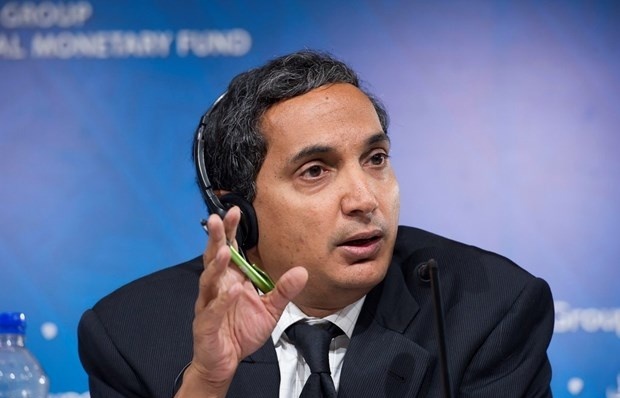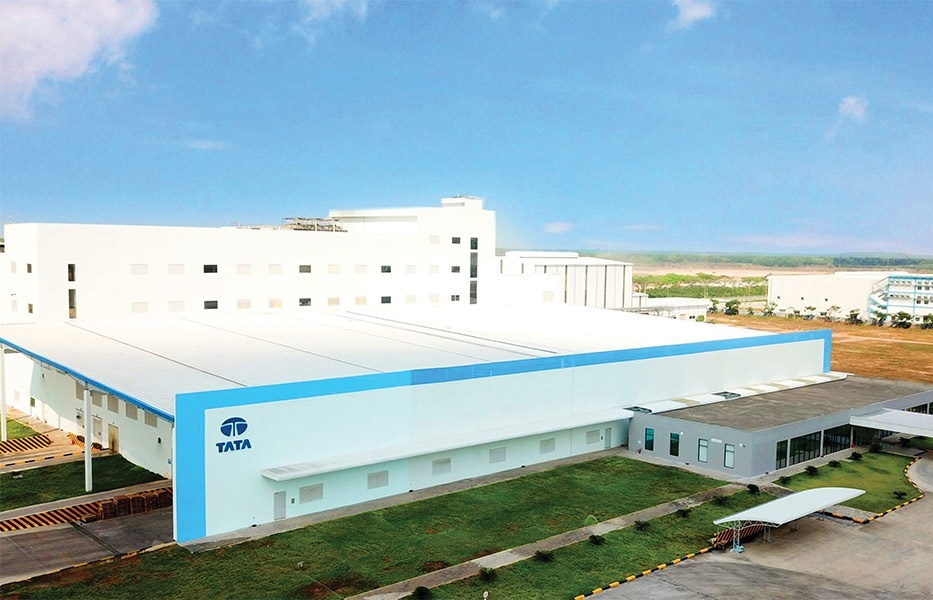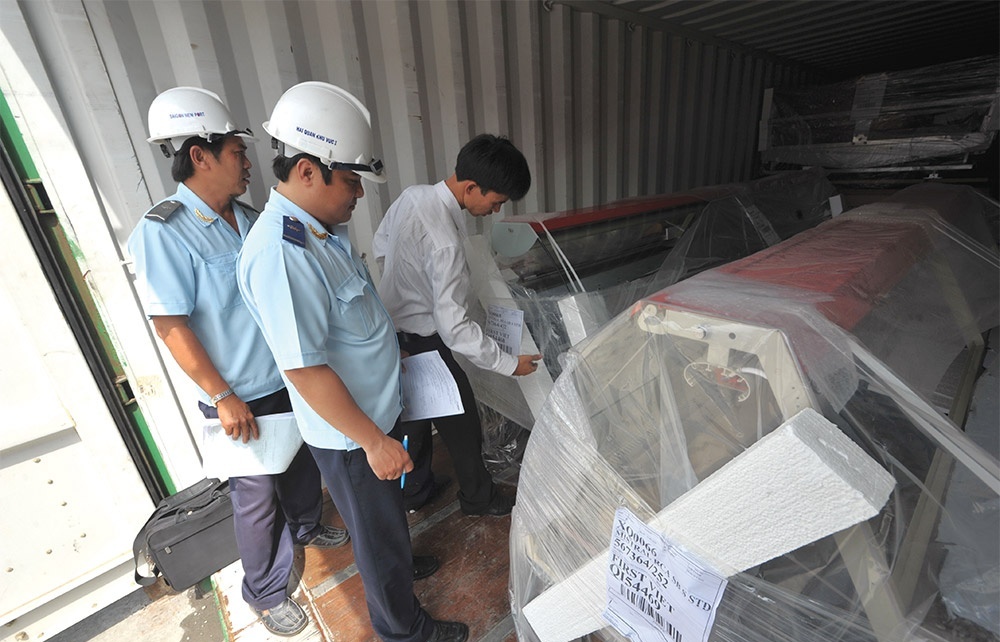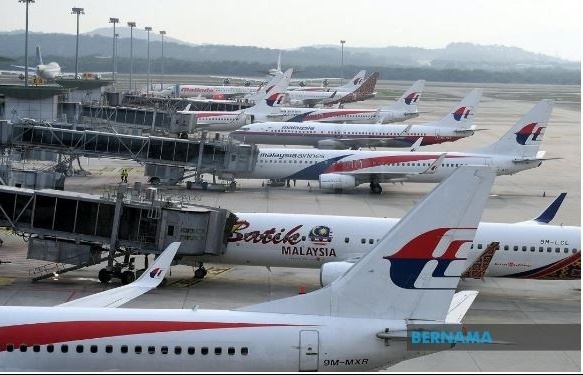Increasing gains from RTAs/FTAs in APEC becoming key
 |
|
AEPC representatives discussing issues on the sidelines of APEC-SOM 3. Photo: Le Toan |
“Joining free trade agreements (FTA) can help Vietnam access foreign markets and seek long-term and stable markets for local goods, particularly agro-forestry-fishery products, footwear, and electronics, and improve the competitiveness of Vietnamese businesses,” Son said at the Dialogue on RTAs and FTAs at the APEC-SOM 3 held on August 27 in Ho Chi Minh City.
Vietnam has so far negotiated and signed 12 FTAs and is currently negotiating four others.
Regarding the challenges faced by Vietnam when joining FTA, Deputy Minister Son underscored uncertainties of the global economy, further explaining that many economies still use both tariff and non-tariff tools to protect their domestic markets, thus hindering efforts towards trade liberalisation and market opening.
“Benefits from RATs/FTAs are playing an important role in creating new motivation for economic, trade, and investment growth in the region,” Son said.
For the past 30 years, RTAs/FTAs in the APEC region have flourished in number, scope of work, and sophistication. As of December 2016, 165 RTAs/FTAs signed by at least one APEC member economy have come into effect, 62 of them intra-APEC agreements.
Increasingly sophisticated, next-generation regional FTAs addressing next-generation trade and investment as well as behind-the-border and non-tariff measures are being developed with major implications.
Thanks to their impact, intra-APEC trade has increased by 274 per cent, from $2.3 trillion to $6.3 trillion during the 2000-2016 period.
“No one can refute the enormous static and dynamic benefits of FTAs to economic growth, market access, FDI attraction or domestic institutional reforms. However, in the current regional and global economic context and under the impacts of the fourth industrial revolution, the question is how to make the most of the socioeconomic benefits that FTAs bring, while concurrently mitigating adverse impacts arising from adjustment costs, and increasing income disparity,” Son said.
Additionally, he added that given the economical, political, and development diversities in the APEC, sharing information, experiences, and engaging in negotiations and the conclusion of RTAs/FTAs is useful, practical, and necessary for mutual economic development, social stability, and shared prosperity for the whole of the Asia-Pacific region.
What the stars mean:
★ Poor ★ ★ Promising ★★★ Good ★★★★ Very good ★★★★★ Exceptional
Latest News
More News
- Malaysia issues heatwave alert for 14 areas (April 15, 2024 | 09:12)
- China, Thailand forge alliance for moon exploration (April 15, 2024 | 08:00)
- Two Philippine navy pilots dead after helicopter crash (April 11, 2024 | 16:58)
- Singapore: E-commerce scams double in 2023 (April 11, 2024 | 16:55)
- Malaysia urges Meta, TikTok to curb harmful content (April 10, 2024 | 16:21)
- Renewable energy – leading solution to climate change mitigation in ASEAN (April 09, 2024 | 16:18)
- Philippines warns of scorching heat (April 09, 2024 | 16:13)
- Thailand cracks down on e-cigarettes at schools (April 08, 2024 | 17:10)
- Many Buddha figurines unearthed in Laos’ Xieng Khuang province (April 08, 2024 | 17:07)
- Marina Bay Sands announces expansion (April 08, 2024 | 16:28)


















 Mobile Version
Mobile Version